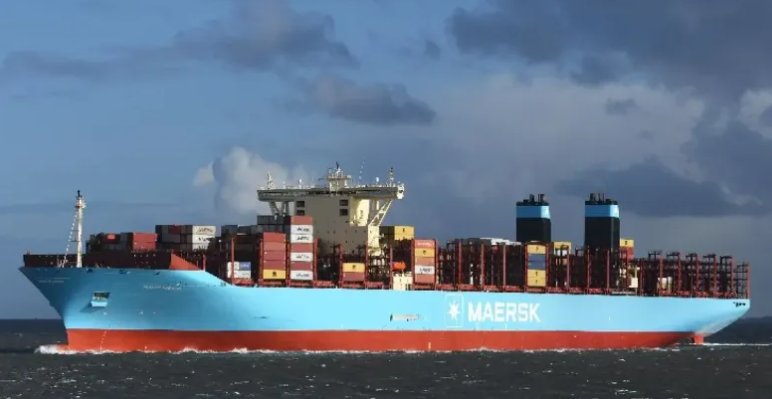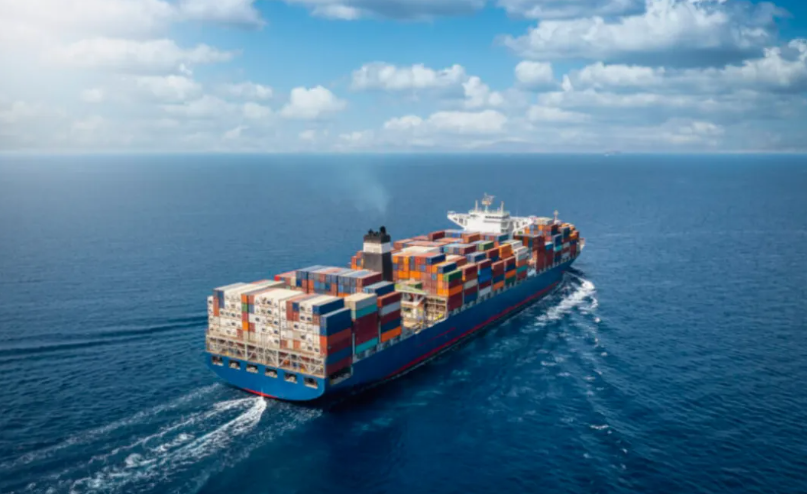U.S. Authorities Crack Down on Criminal Networks Smuggling Stolen Vehicles in Containers
Logistics News
![]() 18-Aug-2025
18-Aug-2025
U.S. authorities are intensifying efforts to combat criminal organizations involved in planning the illegal export of stolen vehicles, which are often concealed inside shipping containers.
In a recent report, U.S. Customs and Border Protection (CBP) announced that since October 2024, 32 vehicles have been intercepted at the Port of Houston/Galveston, preventing their illegal export to countries in the Middle East, West Africa, Central America, and South America.
The recovered vehicles—including luxury cars and pickup trucks—have a combined value exceeding $3 million. They had already reached the port and were intended to be smuggled overseas inside containers.
According to CBP, the vehicles were flagged for inspection after officials identified discrepancies in the export documentation. It was discovered that the vehicles had been reported stolen from various locations across the United States.
CBP emphasized that intercepting stolen vehicles is part of a broader initiative to target transnational criminal organizations that exploit global trade routes for illegal activities. Preventing these vehicles from leaving the U.S. is crucial to help curb criminal operations and maintain the integrity of international trade. Auto theft remains a growing problem in the United States, and this persistent threat has prompted the agency to redouble its efforts against illicit trade. This seizure is one component of a larger crackdown that also targets narcotics, firearms, counterfeit consumer goods, illicit currency, and other contraband that violate U.S. export laws.

Last
Fire Aboard Container Ship 'MARIE MAERSK' Under Control, Maersk Plans Diversion to Port of Refuge
The container ship "MARIE MAERSK" continues to burn, but Maersk has stated that the fire is now under control. AIS data indicates

Next
Freight Rates Hit Multi-Month Lows as Capacity Rises and Demand Softens
Recently, Xeneta reported that the average market rate for the trans-Pacific trade from the Far East to the U.S. West Coast has ju
